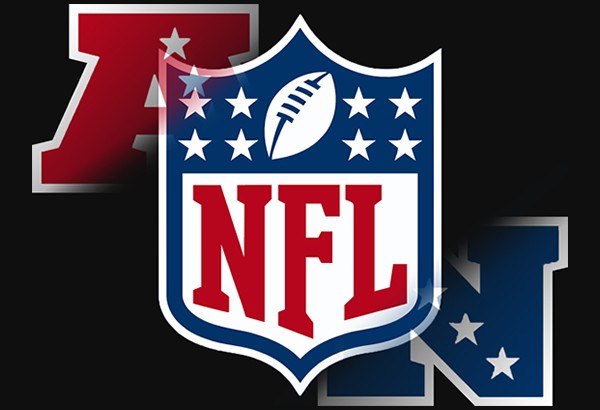“Touchdown!” – How People Analytics Solutions Can Benefit NFL Teams (and Yours)

For NFL fans, the long wait is almost over. Teams are wrapping up training camps and, soon enough – starting Thursday night on September 7th when the Chiefs take on the Patriots, the reigning Super Bowl champs – the regular season (literally) kicks off.
In many ways, pro football personnel executives face the same challenges as federal HR leaders do in “real life.” And, as in the real world, the NFL is embracing people analytics to address these challenges. In fact, more than three-quarters of today’s teams employ a director of analytics and/or an analytics department, according to a recent report from Sports Illustrated. The vast majority subscribe to analytics services as well.
This comes as no surprise, given how people analytics solutions universally apply to federal agencies and to all global organizations. It doesn’t matter if you run a government agency, large corporation or sports team – these tech tools offer tremendous value to everyone. To further illustrate this point, here are three critical areas in which these solutions can benefit NFL teams (and yours):
Performance management of existing employees. Coaches, general managers and their support staff rely upon data to gauge player speed, strength and agility – where are skillsets and performances on the rise, and where are they declining? They can dig deeper into the numbers to measure “football IQ,” develop character assessments and determine who conveys winning “team player” traits.
Similarly, government talent managers and HR leaders crunch data to map out their entire range of personnel assets with respect to experience, productivity, vocational intelligence, collaborative skills, growth potential, etc. In addition, they obtain greater visibility into performance reviews to find out who is excelling and who is struggling, and then apply best practices from the former to bring up the latter. Such visibility directly translates into better training/career/growth development, because you’ve gained a much clearer and detailed sense of how to improve performance and overall workforce value.
Recruitment. NFL franchises acquire new talent via the draft and free agency. In pursuit of both, they can turn to analytics to identify which schools produce the best players, and which draft candidates and free agents most effectively combine strong physical skills with proven, on-field performance. Then, through interview assessments and test scores, they learn whether a candidate’s intelligence and personality will make for a smooth transition and successful cultural fit.
This is essentially what “real world” federal hiring managers and talent managers do too. They analyze which schools generate the best employees or the ones that fit best with their organizations, and then direct their recruitment resources and budget accordingly. They depend upon additional data to weigh in on cultural alignment, skillsets, collaborative capabilities, etc. And, like those general managers and coaches, they’re not looking for a “one-size-fits-all” approach here. An athlete who’s 6-foot, 4-inches tall and 320 pounds, for example, wouldn’t make for a good wide receiver. But he would be strongly considered for an offensive lineman slot. It’s the same way for federal agencies, which need to leverage analytics to pinpoint the candidates who represent the “just-right” combination of job skills, intelligence, personality and experience to qualify for the wide range of roles you’re seeking to fill.
Succession planning. There’s a lot of turnover in the NFL. Players get injured. Players get old. Players leave for other teams. Thanks to analytics, general managers and coaches can forecast, say, the average career longevity of a running back who carries the ball 20 times a game, or the probability of a certain player at a certain age being able to come back from a particular knee injury. Or they can take an in-depth look at their current contracts to conclude which athletes are overperforming their “pay grade” and which are underperforming, to make better decisions about whom to cut and whom to keep. With this, franchises make informed predictions about future turnover, and plan accordingly for replacements – either within the team or from outside.
Download Now — Federal People Analytics Blueprint
That mirrors the way real life works too. Federal HR leaders and their teams deploy people analytics solutions to forecast who’s likely to retire in one, three, five and ten years, or who’s likely to seek opportunities with another agency or leave the federal government. Then, the solutions enable them to identify whether existing staffing can fill the anticipated vacancies and, if so, the training they require to make the transition. (If not, then it’s time to hit the road again, recruitment-wise.)
At Acendre, we like sports as much as anyone else, and we’re excited about the upcoming football season. But we also recognize that all organizations – whether devoted to the gridiron or public service or customers – often struggle with the same human capital issues. Fortunately, our workforce performance and people analytics tools are both highly capable and flexible, so leaders anywhere can address whatever they encounter. So if you’d like to know more about the products and services we offer, let’s talk.
Follow Joe Abusamra on Twitter - @JoeAbusamra
Follow Acendre on Twitter - @AcendreTalent
Back To List